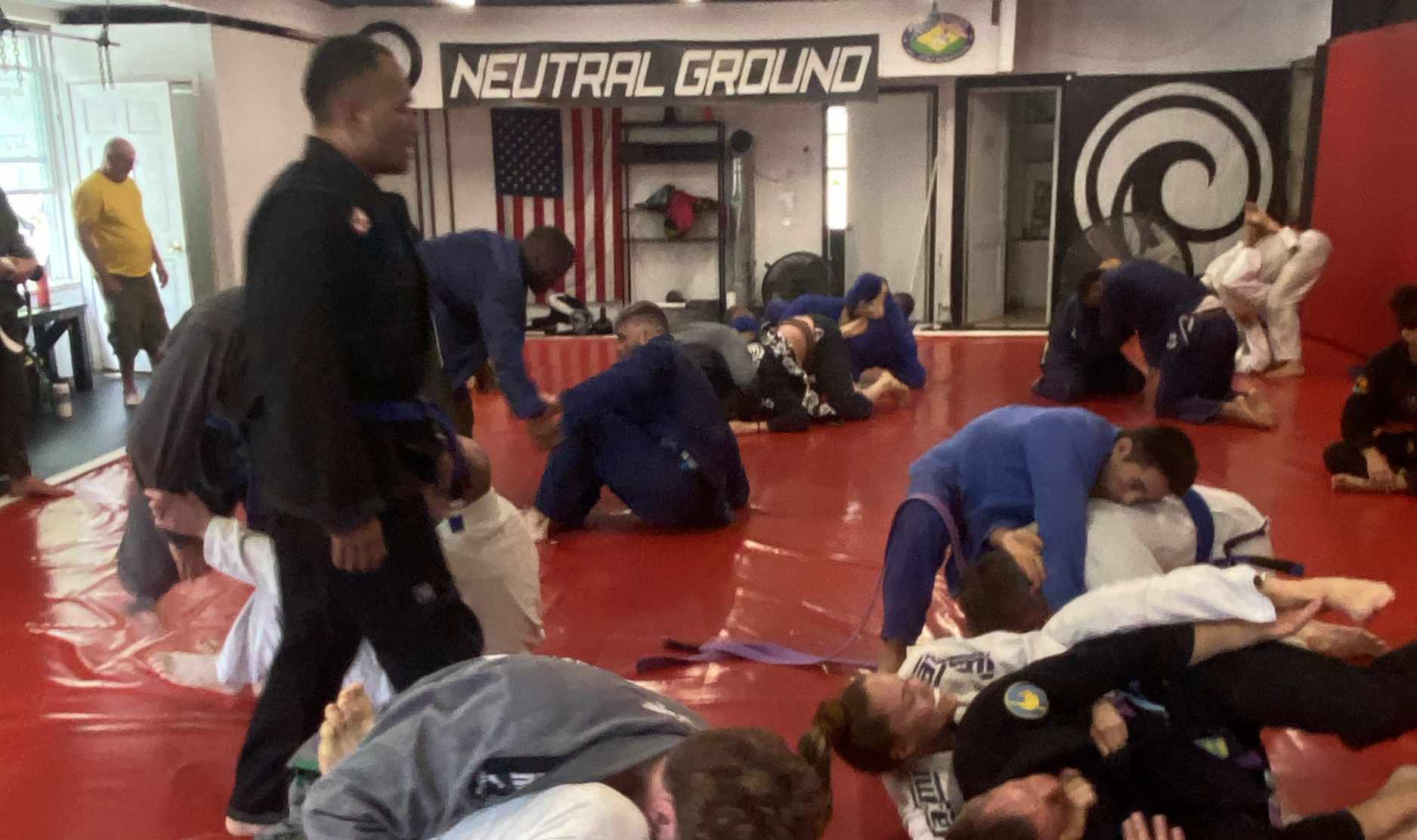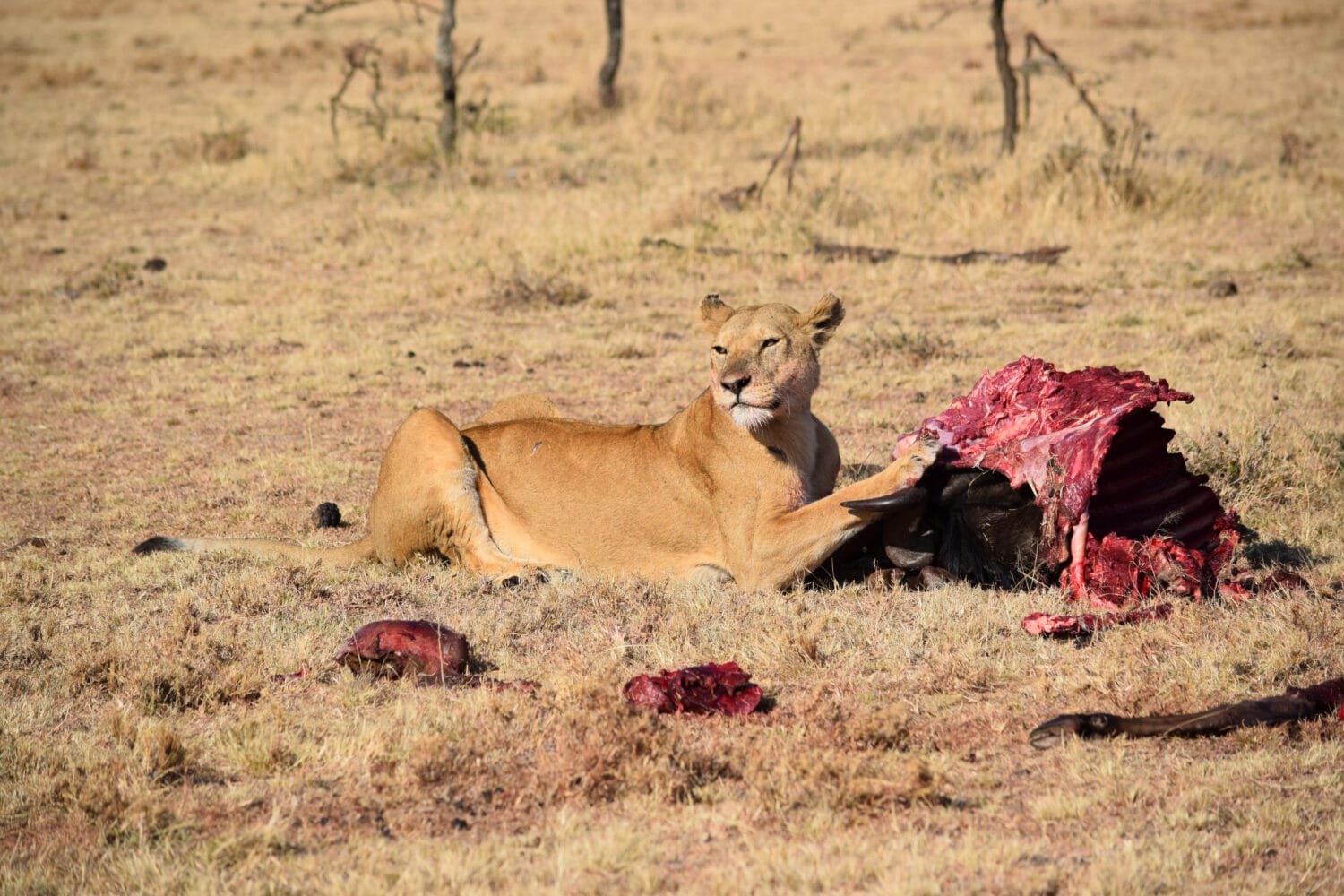Scenario:
One of our teammates returned to training after a few years off, and had been back rolling for 2 months, asking for feedback on their rolling cadence strategy. At the time, they were taking no breaks during the rolling portion of class, but pacing themselves to make sure they could finish the class, steadily in a relaxed state of defense, acceptance, rest when forced or needed, and offense when opportunity opens, but taking either passively as they are presented. Unlike most, they made it through their entire rolling sessions without sideline breaks. Relying on their prior years of experience, the total focus was on staying on the mats with steady breathing, putting safety first and enjoying the ride.
Question:
They were questioning the above strategy, asking if it was their best way for them to safely get the most out of their new 3xweek training schedule. We agreed the strategy was a good one for them, keeping them on the mats forever, and will keep them improving throughout the journey. But they were looking for a tweak or add-on that might amplify the strategy’s effectiveness, if any.
The current strategy held them in a steady state (albeit heightened) that was safe, efficient, and sustainable, and they will continue to improve with this strategy as they have been. They could probably roll 2-3 non-stop hours like this. And this is perfect for most of us on our journey, or at least a nice place to visit and revisit. A steady marathon.
Our Suggestion:
Turn that marathon into sprints.
Watching the lion hunting the gazelle, or better, the gazelle being hunted. The way both fluctuate between full on sprint and creeping caution. Burning energy at an unsustainable pace to gain ground, and slowing to rest or creep without the other’s reaction.
For us, it’s red-lining above our comfort zone of pace and effort, heart rate and intensity. Or slowing the game for rest, mental reset, and intentional reduction of heart rate and intensity. Both have their immediate benefits in isolation, but for the lion and the gazelle, neither are sustainable without the other in their full on fight for life.
In live rolling practice, our intervals won’t be timed and predictable, it won’t be 30 sec on/off, as it isn’t in nature. And each roll is a different chase. We could red-line for a full minute or two with only a 5 sec rest, or the opposite. While rolling we need to accept when we’re forced to slow, or when we choose to impose a slowdown. We can match their sprint when they bring heat, or contain them with well placed and efficient shutdowns, running into the mud fields to slow the game. We sprint when the opportunity and energy presents itself, overrun or outrun to seize their fatigue or to get a headstart on their reactionary counter sprint.
In training, it doesn’t matter if you’re the lion or the gazelle, best to play both. Chase and be chased. If we’re more experienced, guide the game. If we’re less experienced, ride the game.
Our instinct is to prefer lionhood, but the gazelle knows just as much about the Sahara if not more. Both need to sprint as both need to creep, both need to master the gap creation and closing. And so do we.
In us, we should alternate between mouth breathing and nose breathing throughout our rolls. Look for moments our face looks like we’re dying or killing, and moments like we’ve just finished a meal. This is in contrast to the marathoner’s steady gaze of “comfort”.
Our suggestion asks us to live as both the lion and the gazelle in training, and with alternating, unpredictable mid-roll intervals.
What if our sprint finds us overrun with an empty tank? It’s perfectly ok and encouraged, our job is to pay attention to how we’re being eaten, or how our food got away. You can always go back to your marathon pace, or be “killed” where you lay and restart. It just doesn’t matter in training, as your objective is gaining experience, as both the chaser and the chased. We can’t study the lion without understanding the gazelle, and vice versa. We learn from both, and learning is our objective in training.
This is a huge skill set multiplier in our BJJ training. So let er rip! Go after it when you see the opening, regardless of what’s left in your tank. Or fail trying. Fight for your life when under attack, instead of acceptance after the first defenses are breached. The suggetionion isn’t to push the extreme, forcing reckless attacking sprints just to attack or ro damage ourselves in defense til the end, we are still rolling with our partners, not against them. Let’s elevate ourselves past the ride of steady breath and predictable pace. Just a safe toggling of that golden mean of movement, a slight adjustment increasing our peaks and valleys, sprints and rests in our rolls.
The added disclaimer and bonus. It’s entirely way more exhausting to roll this way. Your heart rate can double during those sprints and also drop below your marathoning baseline. Your steady line on a graph will look less like the Appalachians and more like the Alps. But, this will strengthen your grappling breathing ability, train your voracity and mental toughness, and you’ll burn hotter for all it’s metabolic benefits. More technical sharpening with the added pressure. It’s more realistic for competition or street defense. We’re more exposed to the fight/flight/freeze response with each roll, making it easier to domesticate, bringing on the endorphins that follow. And yet another reminder because it can’t be said enough, it doesn’t matter if you don’t finish the roll the way you intended, just get eaten and pay attention how.
The challenge offered is to play this game, especially if we’re far enough along to have some base grappling ability to play with. Jiujitsu is a marathon, as is life, but it’s run in random sprints and rests throughout. Practice rolling and living on that natural rhythm.

